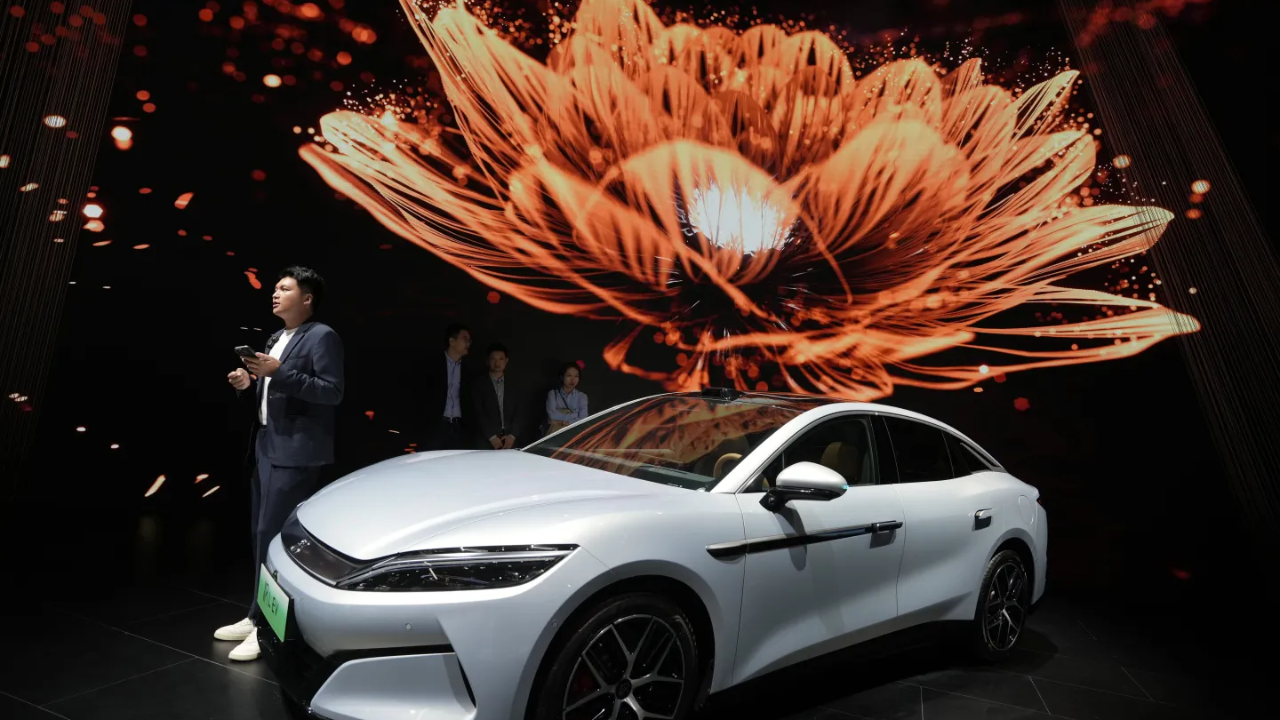China Shows Signs of Tackling the Price Wars That Are Taking a Toll on Its EV Industry

By: INGLOBE Magazine News Desk
China’s electric vehicle (EV) market, the world’s largest, is grappling with fierce price wars and oversupply that threaten the industry’s long-term health. After years of rapid growth fueled by aggressive industrial policies, the government is signaling a shift to rein in destructive competition and stabilize the sector.
Key Points: Government and Industry Steps to Address Price Wars
BYD’s Dominance and Controversial Price Cuts
Market leader BYD reported a 31% sales increase in the first half of 2025, delivering 2.1 million vehicles — nearly half pure electric and the rest plug-in hybrids. However, BYD’s aggressive price cuts in late May, slashing prices on over 20 models by up to 30%, sparked sharp criticism from competitors and regulators. The chairman of Great Wall Motors warned the industry risked a crisis akin to the Evergrande real estate collapse if the price war continued unchecked.
Government Intervention and Industry Association Response
In response to escalating “involution-style” competition — a term describing wasteful and counterproductive rivalry — the Ministry of Industry and Information Technology and the China Association of Automobile Manufacturers called for fair competition and sustainable development. They criticized disorderly price cuts that have squeezed profits across the supply chain and threatened workers’ incomes.
Supplier Payment Pledge Signals Possible Shift
Seventeen automakers, including BYD, pledged to pay suppliers within 60 days, reversing a common practice of delaying payments for months to ease cash flow. This move aims to reduce financial strain on suppliers and prevent a cascading crisis similar to Evergrande’s debt default, which left many creditors unpaid.
Industry Experts Weigh In
Lei Xing, independent analyst, noted that BYD’s ruthless pricing may have been the “final straw” prompting regulatory action.
Murthy Grandhi, financial risk analyst at GlobalData, warned that BYD’s dominant position and price wars have caused losses industry-wide and could trigger systemic risks.
Jing Yang, Fitch Ratings director, sees the government’s crackdown and payment reforms as efforts to reverse falling price expectations and stabilize margins.
Rising Overseas Sales Amid Domestic Challenges
With domestic competition intensifying, Chinese EV makers are increasingly focusing on international markets. BYD’s overseas sales more than doubled to 464,000 units in the first half of 2025. However, tariffs imposed by the U.S. and EU on Chinese EVs, citing unfair subsidies, complicate global expansion.
Market Overview and Competition
The EV market in China hosts more manufacturers than can sustainably survive, leading to fierce competition and shrinking profits. Companies like Xpeng, Nio, Li Auto, and Xiaomi continue to battle for market share amid these pressures, with some reporting delivery growth despite the challenging environment.
Why This Matters
China’s efforts to curb destructive price wars and enforce supplier payment discipline mark a critical turning point for the world’s largest EV market. These measures aim to protect industry stability, ensure fair competition, and prevent a financial crisis that could ripple across global supply chains. Investors and industry watchers will closely monitor how these reforms impact market dynamics and profitability in the coming months.
For ongoing coverage of China’s EV market, global auto industry trends, and economic policies, stay connected with INGLOBE Magazine.








